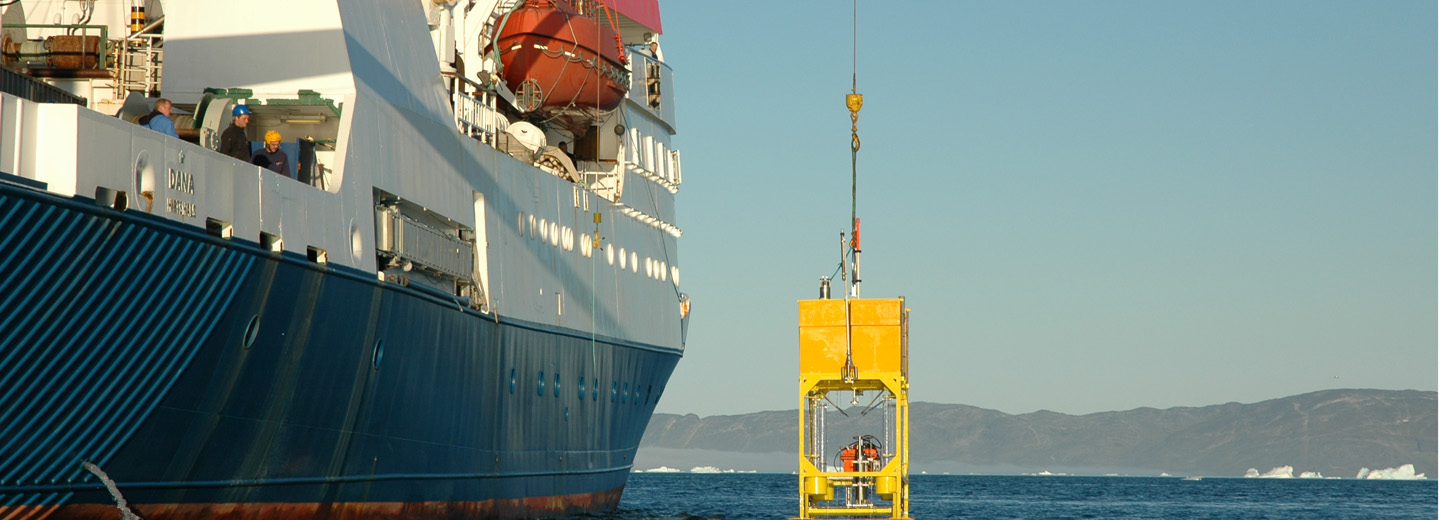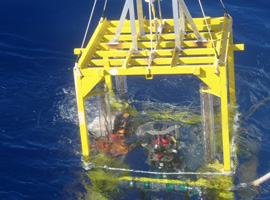
Into the abyss
Deep sea expedition leaves to explore the bottom of one of the deepest places in the ocean: The Kermadec Trench.
A SDU-led expedition to the Kermedec Trench is scheduled to leave the port of Wellington, New Zealand, on November 25th.
Voyage co-leader and scientist from National Institute of Water and Atmospheric Research (NIWA) in New Zeland, Dr Ashley Rowden says trenches represent some of the most remote and scarcely explored areas on Earth.

| Targets of the expedition. |
“But new research suggest that they may play an important role for the biogeochemical function of the oceans, and that they host many organisms that are unknown to science.”
Three week expedition
During the three-week expedition, the international team of researchers from Denmark, Germany, United Kingdom, Chile and New Zealand will investigate the biogeochemistry and biology at the bottom of the 10 km deep Kermadec Trench.
The southernmost part of the trench begins about 120 km off the coast of New Zealand, and extends northeast for 1500 km. The team will deploy sophisticated cameras and instruments that will image and monitor conditions along the trench axis.

| Photo of deep seabed from previous expedition. |
Prof Ronnie N. Glud from University of Southern Denmark, who is leading the research project, says that one of the main challenges investigating the biogeochemistry, microbiology and fauna from great depth is that changes in pressure and temperature strongly affect the samples.
Scientific operations at 10 km depth
“Therefore, to obtain trustworthy insight on biogeochemical processing and microbial performance, we have to take measurements directly at the seabed and preserve microbial samples before they are returned to the surface. “
The science team has developed different autonomous instruments, that once released from the ship, sink to the bottom and conduct preprogrammed experiments and measurements. Once the mission has been completed the instrument returns to the surface with data and samples after 1-3 days of operation.
These efforts are combined with more traditional approaches to recover sediment and water samples when less pressure sensitive parameters are being investigated.
More deep sea expeditions planned
The expedition has been years in the planning and is funded by the European Research Council (ERC) through an Advanced Research grant and by NIWA.
The voyage is the first in a series of expedition targeting three different trench systems in the Pacific, each experiencing different loads of organic material that sustain the processes and activity in the deep.
The Kermadec Trench, which is situated in the proposed Kermadec Ocean Sanctuary, is the first of the trenches to be visited by the research team in this project.
Deep sea Reseach

This expedition is part of the research project HADES which aims to investigate the geo-bio-chemical processes at the bottom of the deep sea that play an important role for the function of the global ocean and Planet Earth.